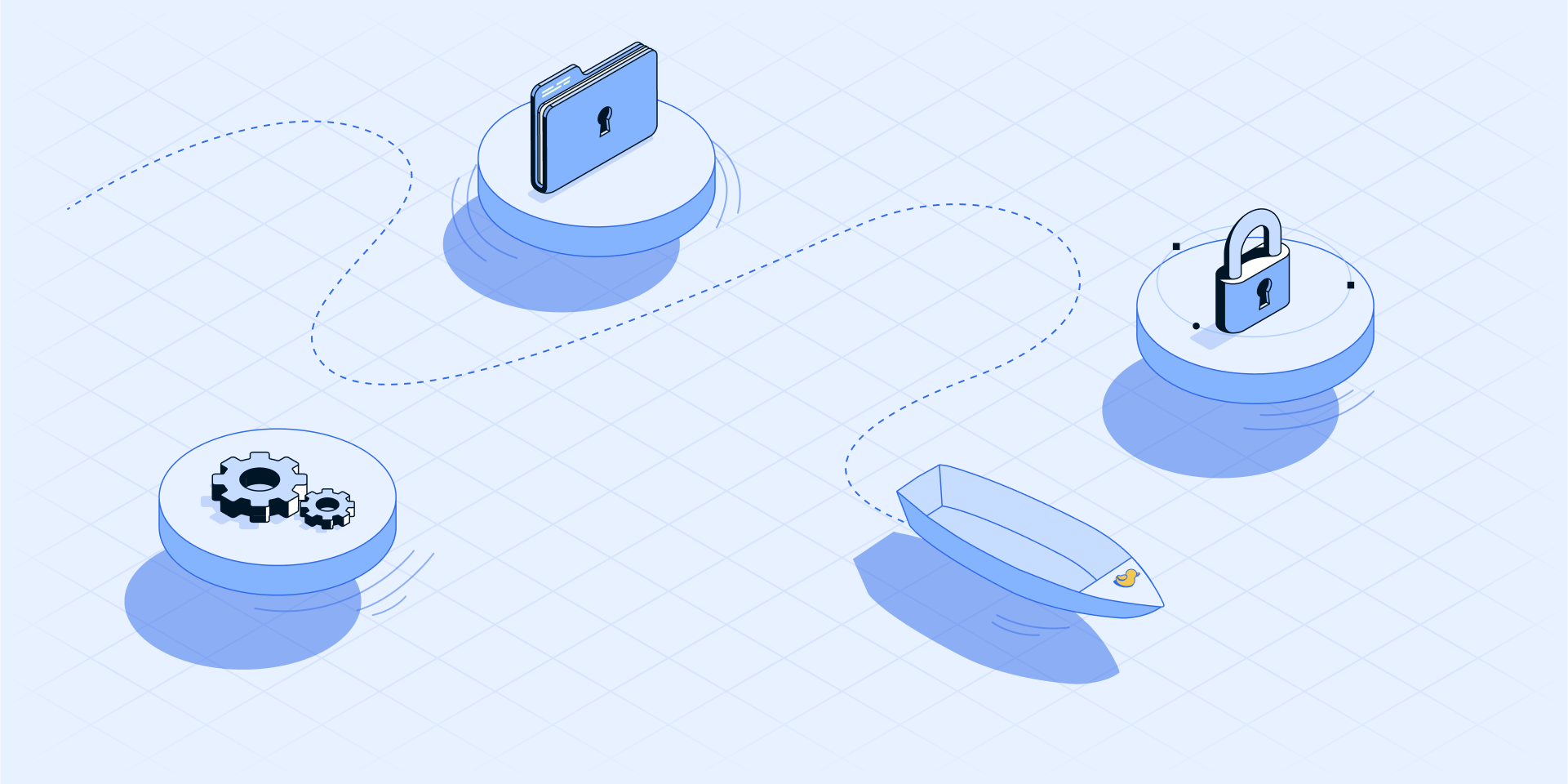This blog is part 2 of a series on SAP data integration. Read part 1 on top ERP data integration challenges enterprises face today.
SAP ERP data is often considered the "crown jewels" of a company's information stack. But without real-time access and the ability to integrate that data with other unstructured data, you miss out on the true riches and business advantages as it offers valuable context to any analytical project.
In a global survey conducted by Dimensional Research and Fivetran, ERP data integration challenges were rampant. In fact, 99 percent of respondents agreed that they face numerous challenges in keeping SAP ERP data flowing across the organization.
However, you can realize significant business benefits and gain a competitive advantage over the 99 percent of companies currently struggling with stale ERP data through high-volume data replication.
Maximize your SAP ERP data’s full value
Deploying high-volume data replication lets you provide access to your data across the enterprise, so business users can utilize it to its full potential. This helps your organization stay competitive in a rapidly changing business environment. But that's not all.
Here are the top six benefits.
- Scalable access to SAP ERP data: Replicate high volumes of data from SAP ERP sources with minimal footprint and native near real-time integration into cloud targets.
- Simplify integration: A plug-and-play solution and support for heterogeneous platforms enables rapid integration between high-volume data centers spanning from on-premises to cloud and other data sources.
- Optimize business operations: Improve business decisions with access to up-to-date and granular ERP data.
- Reduces cost: Avoid heavy infrastructure setup or up-front costs with the pay-per-use model and lower the total cost of ownership (TCO) for the end-to-end implementation.
- Improve data quality: Be confident your data is accurate and in sync. Our data validation feature tells you whether your data is in sync and alerts you if there’s a problem. Log-based CDC also allows you to monitor deletes and transient updates, so you don’t miss anything that took place.
- Data security and privacy: Deploy enterprise-grade security features, including end-to-end data encryption, robust security and privacy capabilities and compliance with GDPR, HIPAA, ISO, PCI and SOC 2 industry standards.
How high-volume data replication works
Data replication is the process by which data residing on a physical/virtual server or cloud instance is continuously copied to a secondary server or cloud instance. To gain maximum value from your SAP ERP data, you need to be able to scale your data pipelines to support ever-increasing volumes of data, integrate that data with unstructured data systems and create real-time insights. The best and most cost-efficient way to achieve this goal is through high-volume data replication.
The replication solution you select must also be able to capture changes from the source SAP system and deliver that data in real-time to a target system, such as a cloud data platform or warehouse.
While there are several change data capture methods available to replicate changes between databases, for high-volume data replication, log-based CDC is the gold standard.
Not only does log-based CDC allow for continuous integration and the ability to deal with very high changes in volumes of data, it keeps the data in sync in real-time and has the ability to capture the complete history of changes over time. It also has the lowest impact on the data source and supports the replication process without slowing down the SAP ERP database as data processing is done outside of the source.
Using a high-volume data replication log-based change data capture (CDC) solution like Fivetran allows you to automate high-volume data movement with minimal impact on transactional systems and near-zero latency to various cloud-based platforms. This simplified, easy-to-use solution enables your data teams to spend minimal effort building and managing data pipelines and more time improving business decisions.
With 99 percent of companies struggling to gain access to real-time SAP data, having fast access to insights is a serious competitive advantage. Make your business data-driven with a high-volume data replication solution that will give your employees access to one of your richest data sources — SAP ERP data — and free your data teams up to do more important work. You’ll see greater productivity, smarter business decisions and a positive impact on your bottom line.












.png)
.svg)
.svg)
.svg)